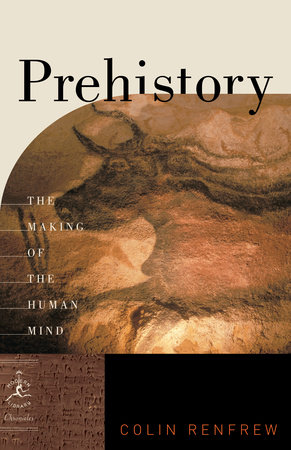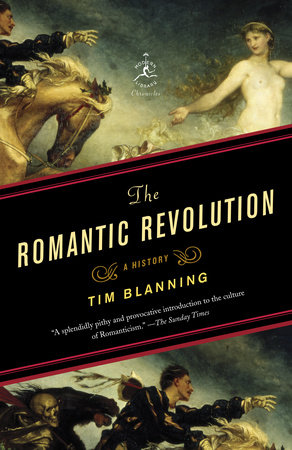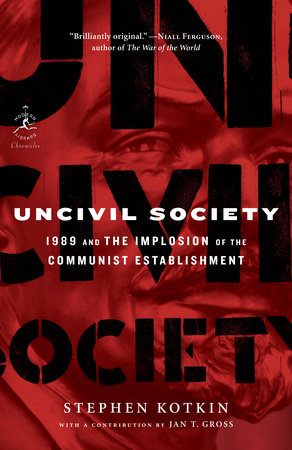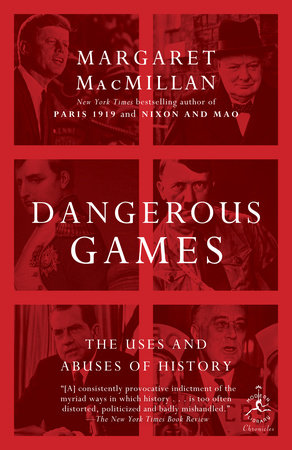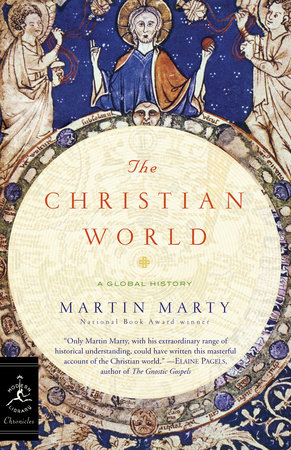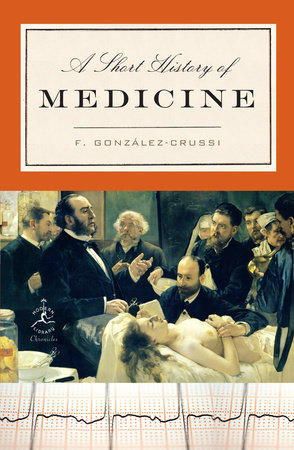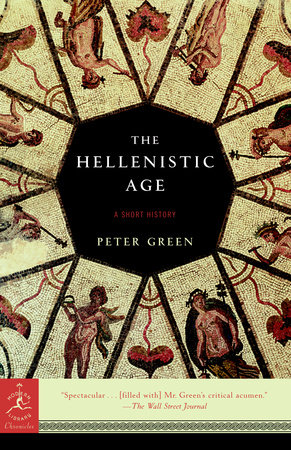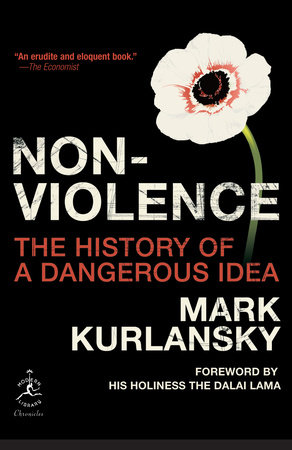Excerpt
Prehistory
Chapter 1. The Idea of Prehistory
When Dr. Johnson asserted, “All that is really known of the ancient state of Britain is contained in a few pages,” he was right. At that time, knowledge of the past was based upon the study of existing historical texts.
Two centuries ago, prehistory did not exist. Not only was there no discipline devoted to the study of prehistoric times—the study that we today call prehistoric archaeology. More serious, the very notion of prehistory, in the sense of a broad stretch of time going back before the dawn of written history, had not been formulated. There was absolutely no notion that the human past involved tens of thousands of years of development and change. In Europe many scholars followed the arguments of the seventeenth-century cleric and biblical scholar Archbishop Ussher, who had calculated that the earth was created in the year 4004 b.c.e. This, to us extraordinary, claim was based upon his calculations using the generations of men set out in the Old Testament of the Bible. The other episodes of the biblical narrative could be seen to follow, making a coherent and self-consistent story. If the world had been created in 4004 b.c.e., it followed clearly that any notion of prehistory was superfluous, a concept almost unimaginable in the face of biblical scholarship.
Many of the great literary traditions, whether in Europe, Western Asia, India, or China, had likewise no place for any such notion of deep time, going back tens of thousands of years. Indeed, most human cultures, most societies, are founded upon and incorporate a view of the world involving a system of basic beliefs, related to the prevailing religious tenets and observances, that explain how the world came to be. In Europe that system of beliefs meant Christianity, whether Catholic, Orthodox, or Protestant. In Western Asia it generally meant the faith of Islam. In both those cases, as with the Jewish faith, and indeed with many religions, the doctrine of faith involves a creation story, a creation myth. The creation myth generally sets out how the world began, and how the human species came to be, often through the agency of the primary creative force itself. For believers of a monotheist faith, that force was God. And for the “sons of Abraham” (Jews, Christians, and Muslims) that belief was set out in the Book of Genesis in the Old Testament of the Bible. The creation of the world in six days (culminating in the creation of man on the sixth, prior to the day of rest) established the historical context for any consideration of ancient things.
The very notion of prehistory could be formulated only after the development of those new ways of thought that we associate with the Enlightenment, and indeed with the scientific revolution seen in other areas of research. Prominent among those was astronomy, where the studies (and above all the observations) of Galileo and Copernicus created a new and revolutionary worldview. But, as we shall see, developments in other disciplines, including geology and natural history, formed a key part of the background of thought in front of which the notion of prehistory could emerge and develop.
To understand what is meant by prehistory today, what we believe when we contemplate the deep human past, it is important to see that this is a relatively new study, and one that is changing rapidly in the face of new research techniques and new ideas about human development and change. For instance the development of DNA studies for the reconstruction of human descent lines has had a profound effect upon the way we look at our place in the world today.
The first great realization in the nineteenth century, which opened the way to the serious study of prehistory, was the establishment of the sheer antiquity of humankind.
Before Prehistory
The very idea of prehistory could not develop until it was realized that written historical texts were not the only possible source of information about the past, as Dr. Johnson had assumed. In the early days of archaeology, the excavations made in ancient cities and cemeteries were used to illustrate what was already known from the historical texts. Indeed, it can be argued that the birth of archaeology owes much to the passions of the great collectors, the princes and cardinals of Renaissance Italy, and the European monarchs who followed them in collecting classical statuary—“antique marbles,” as they were called. Charles I, when he came to the throne of England in 1625, “amply testified a Royall liking of ancient statues, by causing a whole army of Old forraine Emperors, Captaines and Senators all at once to land on his coasts, to come and do him homage, and attend him in his palaces of Saint James and Sommerset house.” Half a century later Louis XIV sought to import to France, to decorate his great palace at Versailles, “tout ce qu’il a de beau en Italie.” Noblemen embarked on the grand tour and came back with trophy sculptures with which to decorate their stately homes. The practice of digging at ancient settlement sites for material evidence of the past was first developed to meet the tastes and desires of these early collectors.
The discovery in the eighteenth century of the buried cities of Pompeii and Herculaneum, destroyed in the eruption of Vesuvius in 79 c.e., led to more energetic and ultimately more systematic excavations, and gradually digging was established as a means of obtaining information as well as marbles and other antiquities for the cabinet of the collector. The desire to illuminate and extend the picture offered by the written texts encouraged excavation in Western Asia, where it was hoped that material evidence would be found to illustrate the Old Testament of the Bible. The excavation by Paul-Émile Botta at Nineveh in 1842 and then by Austen Henry Layard at Nimrud in 1845 marked the beginning of systematic archaeology in Mesopotamia. Before long the biblical texts that had inspired the excavations were being enhanced by the decipherment of the inscribed clay tablets found in those excavations. Egyptology and Assyriology thus had already developed systematic excavations on a large scale even before the notion of prehistory was formulated.
It was in fact in northern Europe, where the material remains of literate early civilizations were less in evidence, that the monuments of a more remote past first attracted attention. In Britain, the great monument at Stonehenge was a subject for speculation, being assigned first to the Romans and then to the Danes and then again to the druids—the local priests in Anglesey mentioned in the writings of Julius Caesar. One of the first antiquaries to undertake systematic excavations in England, in the burial mounds (the so-called barrows) of Wiltshire, was Sir Richard Colt Hoare, the proprietor of the mansion at Stourhead in that county. Prevented from undertaking the grand tour by the Napoleonic wars, he instead undertook a tour of Ireland in 1806. During it he visited the great stone-built passage grave of Newgrange (which today we recognize as a megalithic tomb of the neolithic period dating to around 3200 b.c.e.). He was impressed, but he was also puzzled. And he expressed his puzzlement in a splendid statement that indicates the frustration of a serious scholar before the concept of prehistory (and the techniques of prehistoric archaeology) had been formulated. He wrote:
I shall not unnecessarily trespass upon the time and patience of my readers in endeavouring to ascertain what tribes first peopled this country; nor to what nation the construction of this singular monument may reasonably be attributed for, I fear, both its authors and its original destination will ever remain unknown. Conjecture may wonder over its wild and spacious domains but will never bring home with it either truth or conviction. Alike will the histories of those stupendous temples at AVEBURY and STONEHENGE which grace my native county, remain involved in obscurity and oblivion.


